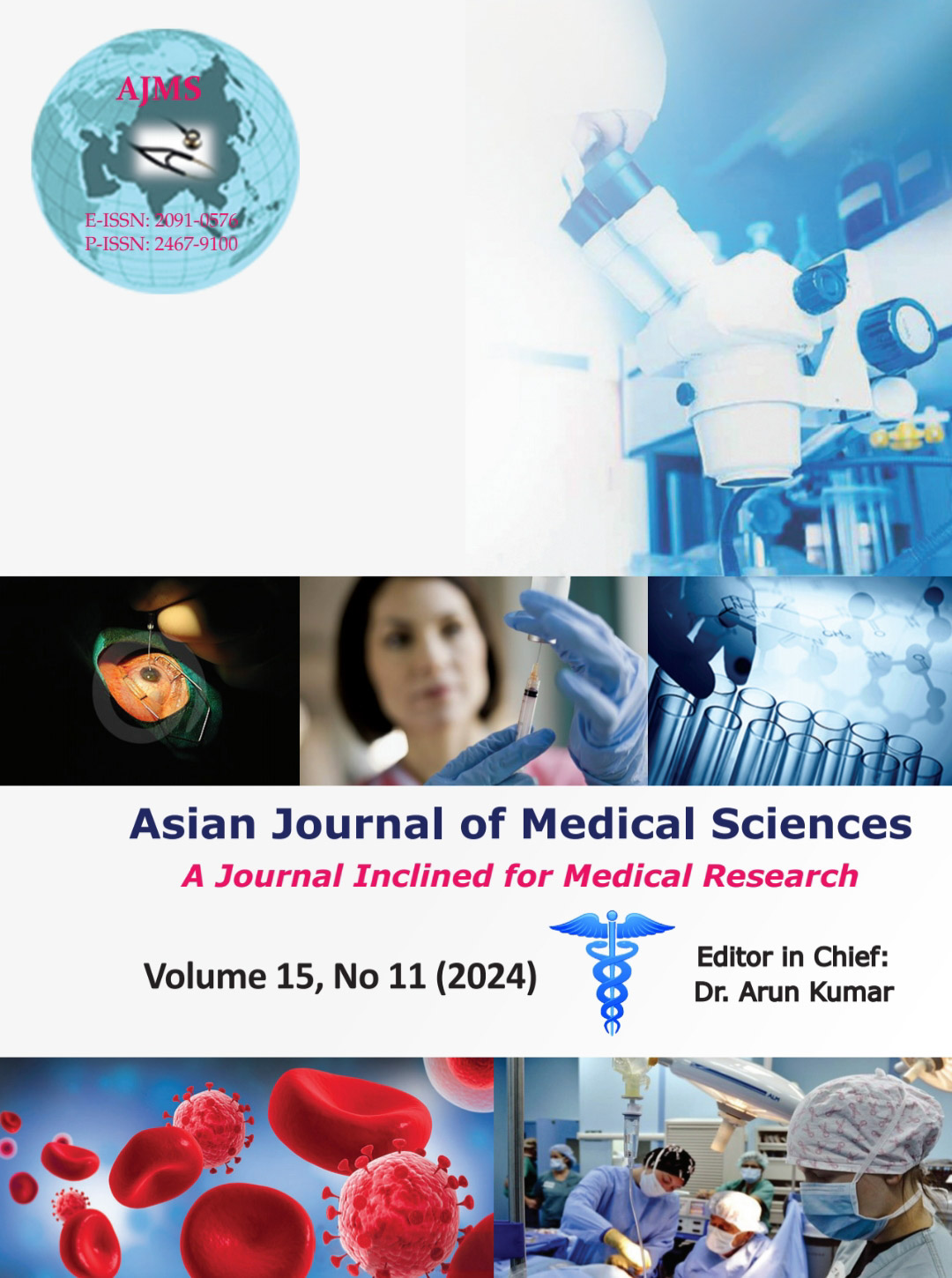Comparative study of intubating condition between rocuronium and vecuronium for endotracheal intubation in general anesthesia
Keywords:
Rocuronium; Vecuronium; Endotracheal intubation; General anesthesia; Train-of-four monitorAbstract
Background: Muscle relaxation in anesthesia serves two main purposes: Facilitating endotracheal intubation and achieving surgical relaxation. The period from the suppression of protective reflexes during induction to the completion of intubation is critical, with an increased risk of regurgitation. Ensuring a patent airway is fundamental to general anesthesia, commonly achieved through endotracheal intubation.
Aims and Objectives: This study aims to evaluate the onset time, tracheal intubation conditions, duration of action, and maintenance of anesthesia using vecuronium and rocuronium, monitored by train-of-four (TOF).
Materials and Methods: This double-blind, prospective, randomized study was conducted over 18 months on patients undergoing elective surgeries under general anesthesia at a tertiary hospital. Ethical committee approval and informed written consent from all participants were obtained. Patients were randomly assigned into two groups of 50 each.
Results: Demographic parameters between both groups were statistically insignificant (P>0.05). The mean onset time, defined as the interval between the end of muscle relaxant administration and completion of intubation, was 99.6±12.03 s in Group A (rocuronium) and 231.0±13.21 s in Group B (vecuronium), a statistically significant difference (P<0.001). Intubation conditions were excellent in 36 (72%) and good in 13 (26%) patients in Group A compared to excellent in 28 (56%) and good in 17 (34%) patients in Group B.
Conclusion: Rocuronium provides earlier excellent and good intubating conditions compared to vecuronium, with similar cardiovascular stability during and after intubation. Rocuronium’s rapid onset of action makes it more suitable for quick tracheal intubation in surgical patients under general anesthesia.
Downloads
Downloads
Published
How to Cite
Issue
Section
License
Copyright (c) 2024 Asian Journal of Medical Sciences

This work is licensed under a Creative Commons Attribution-NonCommercial 4.0 International License.
Authors who publish with this journal agree to the following terms:
- The journal holds copyright and publishes the work under a Creative Commons CC-BY-NC license that permits use, distribution and reprduction in any medium, provided the original work is properly cited and is not used for commercial purposes. The journal should be recognised as the original publisher of this work.
- Authors are able to enter into separate, additional contractual arrangements for the non-exclusive distribution of the journal's published version of the work (e.g., post it to an institutional repository or publish it in a book), with an acknowledgement of its initial publication in this journal.
- Authors are permitted and encouraged to post their work online (e.g., in institutional repositories or on their website) prior to and during the submission process, as it can lead to productive exchanges, as well as earlier and greater citation of published work (See The Effect of Open Access).




